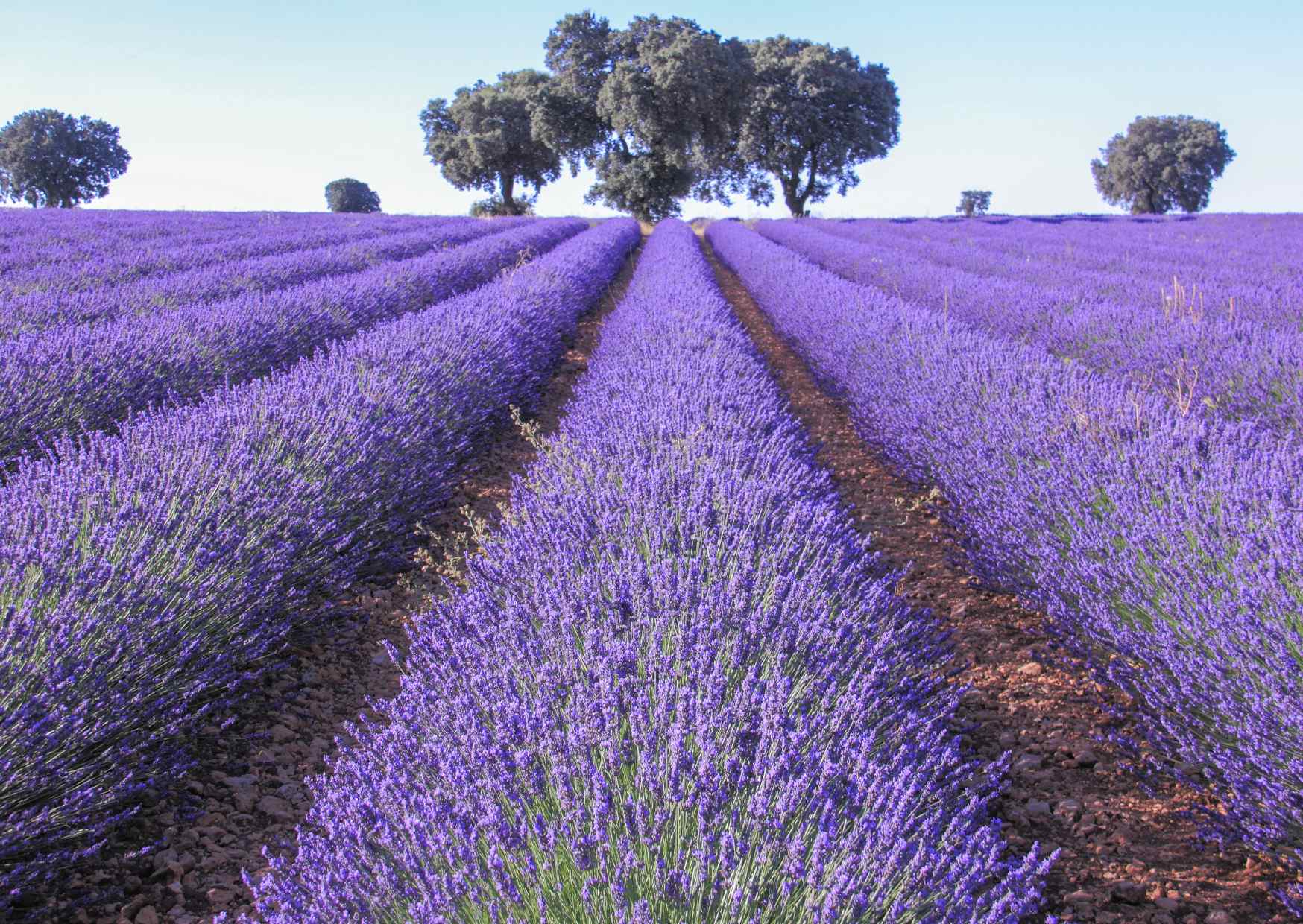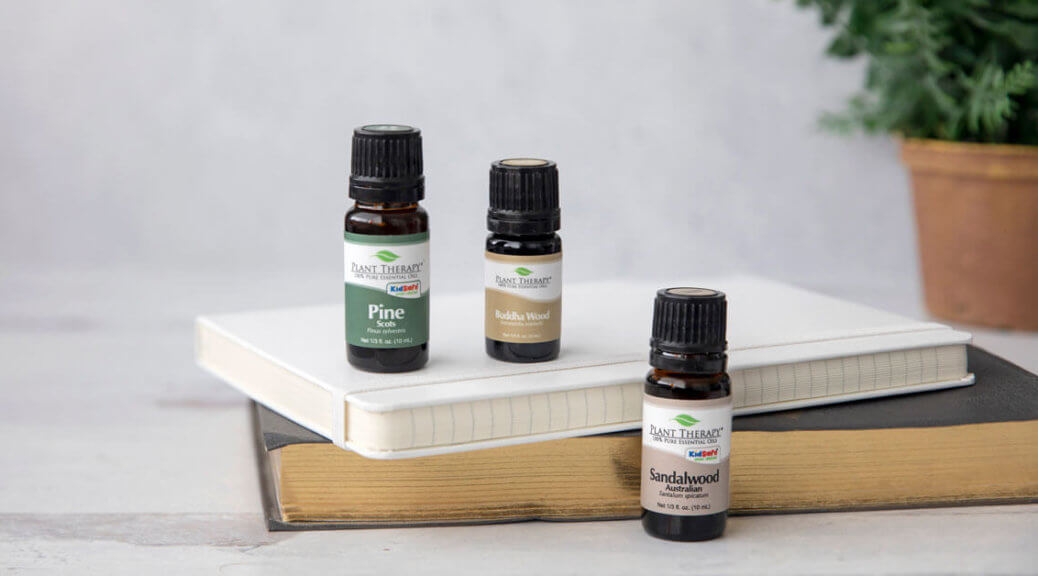A Latin name consists of the Genus and species of a plant and are listed like this; Genus species. This is a better identifier than simply the common name. Essential oils can often be confusing because some have more than one common name. If someone says “Chamomile” — that could potentially be one of 4 different essential oils. Chamomile German, Moroccan Chamomile, Chamomile Roman, or Wild Chamomile, all of which are different chemotypes.
If you don’t know what someone means when they say “Chamomile” – then you might not be getting the oil that best matches your needs. There are two different true Chamomiles:
- Chamomile Roman Chamaemelum nobile
- Chamomile German Matricaria chamomilla L (and its synonym Matricaria recutita L)
For some uses they are similar, they both are relaxing and have anti-spasmodic properties. However, Chamomile Roman Chamaemelum nobile is generally used for children and general relaxation since it has a lighter, more enjoyable fragrance. Chamomile German Matricaria recutita is typically used for inflammation or injury due to its high percentage of chamazulene which is responsible for the blue color.
Just to confuse things even further when someone says “Moroccan Chamomile” it could be either Ormenis multicaulis (Wild Chamomile) OR Tanacetum annuum (Blue Tansy). Neither Ormenis multicaulis nor Tanacetum annuum are true chamomile. Each of these oils has different properties. If you know your Latin names it’s much easier to match your symptom to a solution!

Chemotypes
To further complicate matters, for some oils there can be different chemotypes of the same oil. The wide majority of essential oils do not have chemotypes, but for those that do, it’s an important factor in selecting the proper oil. A chemotype (according to Wikipedia) is defined as A chemically distinct entity in a plant or microorganism, with differences in the composition of the secondary metabolites. This means that the same plant can have very different oils distilled from it based on moisture, sunlight, and other growing conditions of individual plants. A plant grown in one location may be different, on a chemical level, than a plant grown in another location. It’s important to note that such plants usually look identical to one another. Chemotypes are important because depending on the chemical makeup of a certain plant the therapeutic properties can vary.

Variations in therapeutic properties
One of the best examples of chemotypes is Thyme Thymus vulgaris. It’s important to know what chemotype you’re working with. Let’s look at Thyme. Here are a few of the variations of Thyme:
Thymus vulgaris ct. linalool, Thymus vulgaris ct. thymol, Thymus vulgaris ct. carvacrol, Thymus vulgaris ct. geraniol, and Thyme vulgaris ct. thuyanol.
There are a total of 6 known variations of Thyme, each chemotype has a specific constituent that allows the oil to have varying effects on the body. Thyme ct. thymol and ct. carvacrol are very good antiseptics. On the other hand, Thyme ct. linalool and ct. thuyanol are much gentler and used to boost immune function. To address a specific concern, you must know which chemotype you are working with and what its constituents are able to do therapeutically.

Conclusion
Buy your essential oils from a company that properly labels their oils with Latin names and chemotypes (if applicable), does thorough testing, and can provide a GC/MS report to ensure you know exactly what constituents are present and what therapeutic properties you will be getting in your final product. It pays to know your Latin names & chemotypes! Knowing which therapeutic properties you’re getting allows you to customize your oil choices to the issue you would like to address. Taking the time to learn the Latin names and chemotype (if applicable) can help you avoid confusion when choosing oils.
At Plant Therapy, the Latin name and chemotype (if applicable) is right on the bottle. You can be confident that you are getting the oil you need. We are in the process of ensuring each oil has its GC/MS report with the description.
Finding great resources is another way to expand your knowledge of essential oils. Great books include: “The Healing Intelligence of Essential Oils,” “Advanced Aromatherapy,” The Essential Oil Handbook,” and “Essential Oil Safety.”
by Plant Therapy



